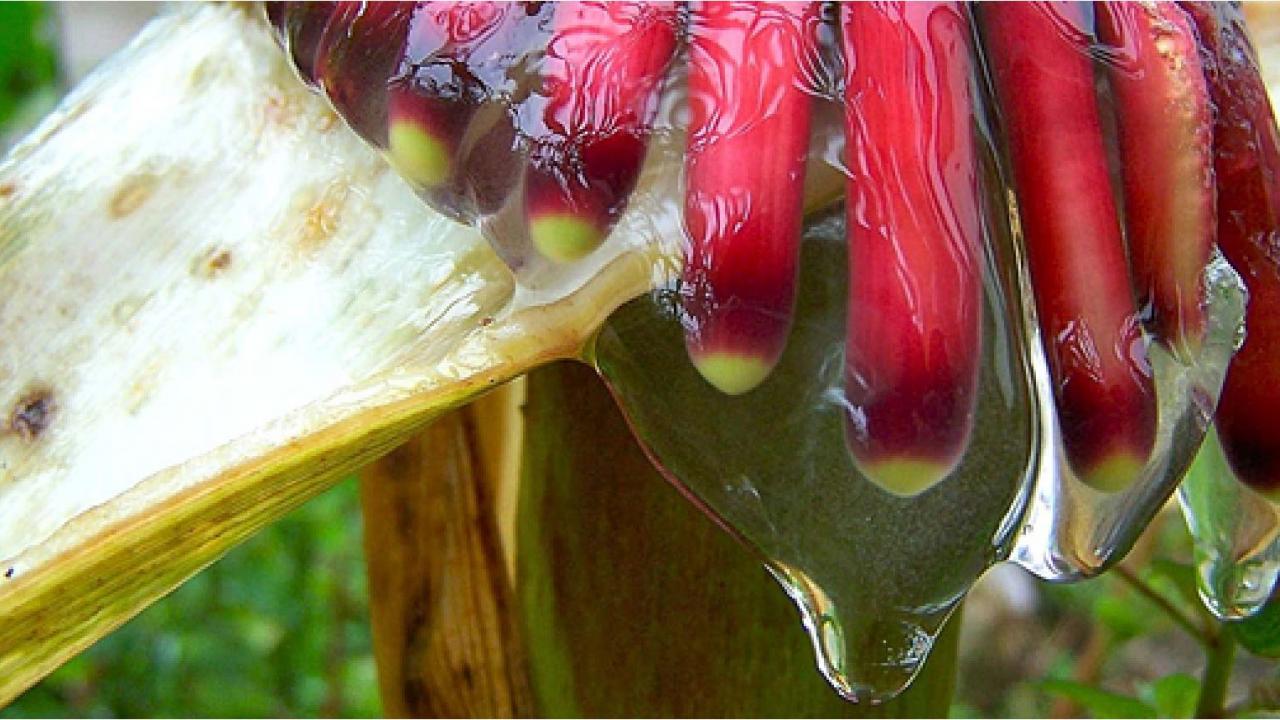
FFAR, Benson Hill grant $1,855,162 to UC Davis to study the Sierra Mixe corn variety’s remarkable ability to glean nitrogen from atmosphere
The Foundation for Food & Agriculture Research, or FFAR, has awarded a Seeding Solutions grant to the University of California, Davis to study how the microbial community hosted by the Sierra Mixe corn variety provides atmospheric nitrogen to the plant. Seeding Solutions grants are awarded annually in six different challenge groups recognized by the FFAR, with this one falling under “Next Generation Crops.” The grant was matched by Benson Hill for a total investment of $1,855,162
Alan Bennet, distinguished professor in the Department of Plant Sciences, will lead the research team comprised of UC Davis colleagues Allen Van Deynze, professor in Plant Sciences and director of the Seed Biotechnology Center, and Bart Weimer, professor in the School of Veterinary Medicine; Javier Lopez-Baltazar, a researcher from the Instituto Tecnológico del Valle de Oaxaca, will join the team as a collaborator. Importantly, the team has involved and made agreements with the local Sierra Mixe community, the Mexican government, and will follow the auspices of the Nagoya Protocol.
Through their research, they hope to isolate the genes responsible for the Sierra Mixe corn variety's association with specific microbes, which allow for its remarkable ability to grow in soil with a dearth of nitrogen. They will also investigate the genomic sequences of these microbes to determine their role in capturing atmospheric nitrogen, as well as the processes behind their interactions with the plant. Furthermore, the team will assess the heritability and expression of the nitrogen fixing trait in temperate, non-tropical corn.
“It looks like this is an ancestral trait that was amplified in certain landraces of corn and was progressively lost from modern corn varieties,” said Bennett. “Our research is attempting to identify the regions of the corn landrace genome that determines its ability to associate with nitrogen-fixing microbes.”
The researchers will use the results of their research to determine whether these nitrogen-capturing traits can be transferred to conventional corn crops and possibly to other cereal crops, such as wheat and rice. Encouraging the capture of atmospheric nitrogen in various crops will not only provide economic and environmental benefits to growers in the US, it could benefit growers in developing countries who may not have physical or economic access to synthetic fertilizer.
Additionally, with nitrogen fertilizers creating one of the largest sources of surplus nitrogen in our global environments, leading to noxious processes like eutrophication, this research may prove crucial in solving future climate change related issues in agriculture.
(Article by Matt Marcure, Communications, Department of Plant Sciences, with content from the FFAR press release by Ryan Conley)
